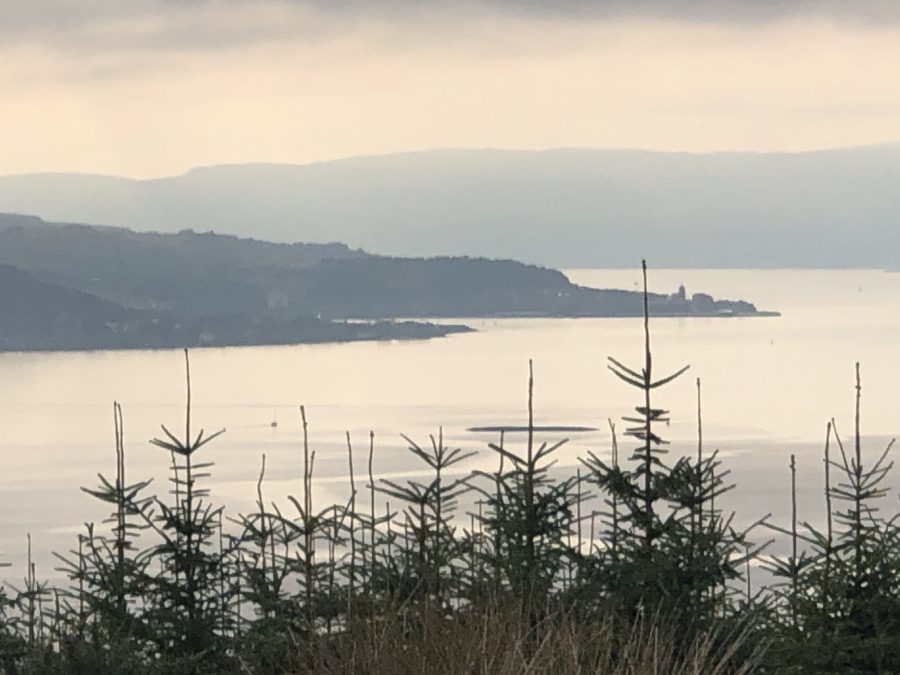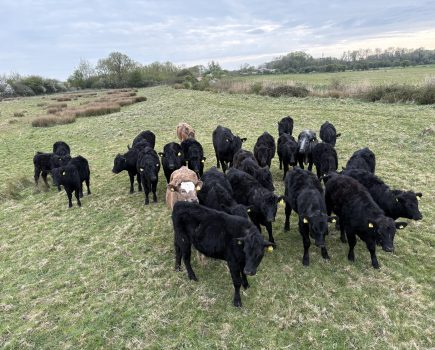Speaking as a farmer who has been on both sides of the fence, I must say I find the wholesale development of local farmland really upsetting.
In the past couple of years the area of West Sussex just north of the coastal strip, which previously consisted of some excellent farmland amongst what was, until the building started, a group of villages known as ‘the five villages’, has been swamped with new houses. More to the point, there appears to be absolutely no provision for infrastructure benefits to either the old or new residents. Just houses.
What is worse for the area and the countryside is that some newer, speculating landowners appear to have purchased some excellent farmland only to have jumped at the first opportunity to sell swathes of it to developers.
That, to my mind at least, is not doing the area or countryside anything but harm. Clearly it will have made huge fortunes for the speculators, but to the minds of many, like me, they need to be taxed at a much higher rate. What good have they brought to the area? Were they genuine farmers, one would understand if they sold off bits to pay for their initial investment, but not selling to destroy the countryside for everyone except themselves.
Before anyone writes in to castigate me for being involved in this through a joint development by several of us neighbours who promoted, some 15 years ago, a bit of our own land, I would fire back and say: “Yes, but our scheme also allowed a bypass some mile and a half long, with a huge expensive rail bridge, to keep our local town and a couple of small nearby villages free of thousands of vehicles a day.”
This more recent swamping of the locality appears to have contributed nothing to anyone apart from the recent purchasers of land and the developers. The latter I understand, but the speculative buyers/sellers not. To my mind buying farmland to sell on quickly does little for the countryside and nothing but harm for the reputation of farming or farmers. On this basis our local flooding problems will soon be either flood plain (which I have been embargoed from writing about), fit for growing nothing, or for housing development. What an exciting prospect.
To stop such a fate happening to my old hamlet, where my family have farmed for five generations (plus four or five generations before that just some four miles away since the mid 1600s) I have pondered over some of our own vulnerable land. The bypass I mentioned earlier has left some 20 acres between it and this old hamlet, land regarding which I have received, to date, 45 offers from builders and speculators. All have been told politely, and lately otherwise, to get lost.
Now an opportunity which other, perhaps senior like-minded farmers could consider, has appeared. It is called Biodiversity Net Gain or BNG. The idea is that the land is set down for long term conservation in exchange for leasing areas, small or large, to developers who can then use the BNG right to the area they have leased for development elsewhere, anywhere in the country as I understand it.
The money they pay for the right to do this then helps the farmers plant trees on his land and maintain that land until the trees have grown large enough to suppress the undergrowth naturally. The owner also manages the trees, felling when the time comes, replanting etc until, in time, there is a full grown forest or smaller woodland to pass on as a benefit to the community. I thought it sounded a nice idea and the plan is to start planting in the autumn after the present crop of maize has been harvested, the last farm crop before the transition to woodland.
It is quite an exciting prospect and we relish the thought of growing trees that will hide the houses beyond and the noise of incessant traffic along the road we helped provide. My main concern involves the consistency of political thinking; that the scheme is set in stone and doesn’t get changed by a government with different views.
Most importantly it will protect our little old hamlet from being overrun by the arrival of yet more houses. We have houses here dating back to the 14th century, and on William Gardner and Thomas Yeakell’s maps of 1778 the habitation is shown as considerably bigger than nearby Bognor, which is now eating up the surrounding countryside at an obscene rate, aided and abetted by the aforementioned speculators. At least our local residents will have some assurance for their future quality of life and their security and privacy.
Despite the foregoing, I am still a farmer. The maize was finally sown, about a month late because of the wet spring but emerging within nine days, so we just hope it is not waterlogged when it comes ready for harvesting in what will probably be late October/early November.
It is all sown these days by our specialist contractor with ‘serious’ machinery, but they have faced a real struggle to get their farmer clients’ crops sown.
Luckily the vineyard is not my worry and the forest grows on strongly up in Argyll, although recent news of forest fires in late May further north are quite a worry. But like all proper farmers, there is always something to keep us busy, always something to worry about.
Pictured: The growth of Sitka Spruce in Argyll with the wreck of the ‘Sugar Boat’ in the Clyde below







